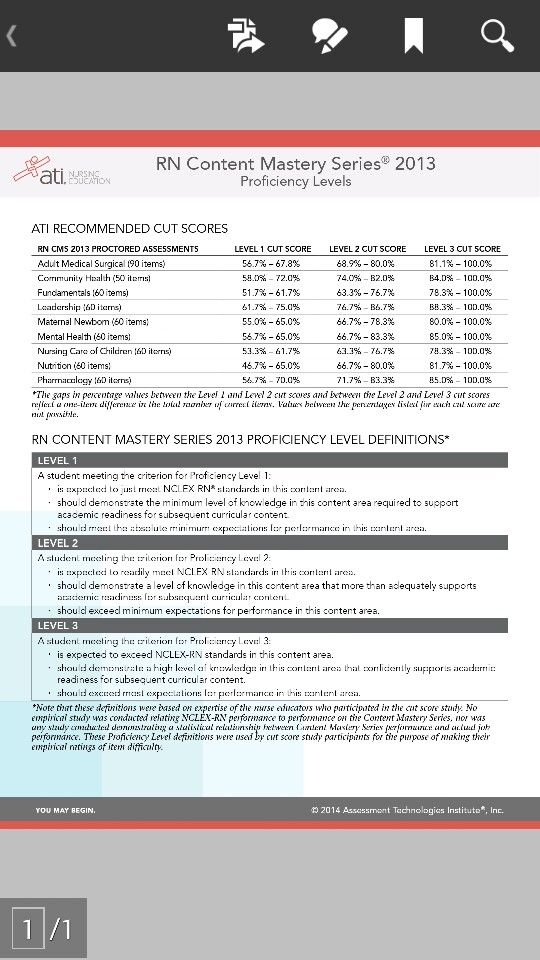Climate Change And The Threat Of Invasive Fungi

Table of Contents
The Impact of Climate Change on Fungal Dispersion and Survival
Warmer Temperatures and Increased Humidity
Rising global temperatures and increased humidity are significantly impacting fungal growth and reproduction. Many fungal species thrive in warmer, wetter conditions, leading to increased fungal biomass and spore production. This translates to a greater potential for disease outbreaks and wider geographic dispersal.
- Examples: The chytrid fungus Batrachochytrium dendrobatidis, responsible for amphibian chytridiomycosis, is expanding its range due to warming temperatures. Similarly, Phytophthora species, notorious for causing devastating plant diseases like late blight in potatoes, are flourishing in wetter climates.
- Altered Precipitation: Changes in rainfall patterns, including more intense rainfall events and prolonged periods of drought followed by heavy rain, further exacerbate the problem. These patterns create ideal conditions for fungal spore germination and spread.
- Data and Statistics: Studies have shown a strong correlation between rising temperatures and increased incidence of fungal diseases in both agriculture and natural ecosystems. For instance, a significant increase in the frequency and severity of wheat rust epidemics has been observed in regions experiencing warmer and wetter conditions.
Altered Vectors and Increased Host Susceptibility
Climate change is not only directly affecting fungal growth but also indirectly impacting fungal spread through changes in vectors and host susceptibility.
- Insect Vectors: Many fungi rely on insects for spore dispersal. Changes in insect populations due to climate change, such as range shifts or increased abundance of certain species, can influence the spread of fungal diseases. For example, the increased prevalence of certain bark beetles in warmer climates can facilitate the spread of tree-killing fungi.
- Weakened Plant Immunity: Plants subjected to environmental stress from climate change (drought, heat waves) often exhibit weakened immune systems, making them more vulnerable to fungal infections. This increased susceptibility contributes to larger disease outbreaks.
- Examples: The chestnut blight fungus (Cryphonectria parasitica) has devastated American chestnut populations, and warmer temperatures are predicted to further expand its range. Similarly, Dutch elm disease, caused by Ophiostoma ulmi, continues to threaten elm trees, exacerbated by warmer conditions favoring the insect vectors that spread the fungus.
Economic and Ecological Consequences of Invasive Fungal Pathogens
Agricultural Impacts
Invasive fungal pathogens pose a significant threat to global food security, causing substantial economic losses through crop failures and livestock diseases.
- Examples: Fusarium head blight in wheat, rice blast, and coffee leaf rust are just a few examples of devastating fungal diseases impacting major crops worldwide. These diseases can lead to significant yield reductions, impacting food availability and prices.
- Economic Losses: The economic burden of fungal diseases in agriculture is immense, running into billions of dollars annually. These costs include reduced yields, increased pesticide use, and post-harvest losses.
Impact on Biodiversity and Ecosystem Services
Invasive fungi are decimating native plant and animal populations, threatening biodiversity and the vital ecosystem services they provide.
- Loss of Biodiversity: Many plant and animal species are succumbing to fungal infections, leading to population declines and even extinctions. This loss of biodiversity weakens entire ecosystems.
- Ecosystem Services: The impact extends beyond individual species. Fungal infections disrupt essential ecosystem services like pollination, nutrient cycling, and carbon sequestration, jeopardizing the overall health and functioning of ecosystems. For example, the decline of pollinators due to fungal diseases can have cascading effects on plant communities and food webs.
- Examples: White-nose syndrome, caused by the fungus Pseudogymnoascus destructans, has devastated bat populations in North America.
Human Health Implications
Invasive fungi also pose a direct threat to human health. Although less common than bacterial or viral infections, certain fungal pathogens can cause severe respiratory diseases and allergies.
- Increased Risk: Immunocompromised individuals, such as those with HIV/AIDS or undergoing chemotherapy, are particularly vulnerable to serious fungal infections.
- Emerging Diseases: Climate change may also facilitate the emergence of new fungal diseases, posing further risks to human health.
Mitigation and Management Strategies for Invasive Fungi
Early Detection and Rapid Response
Early detection and rapid response are crucial to controlling the spread of invasive fungi.
- Surveillance and Monitoring: Establishing robust surveillance and monitoring programs is essential for detecting the introduction of new fungal pathogens and tracking their spread.
- Quarantine Measures: Implementing effective quarantine measures to prevent the introduction of invasive fungi is vital. This includes strict regulations on the import of plants and other materials that may harbor fungal spores.
Integrated Pest Management (IPM) Approaches
Integrated pest management (IPM) strategies offer a sustainable approach to managing fungal diseases while minimizing environmental impact.
- Biocontrol: Utilizing natural enemies of fungi, such as antagonistic microorganisms or mycophagous insects, can help control fungal populations.
- Resistant Varieties: Developing and deploying plant varieties resistant to specific fungal pathogens is a critical strategy for reducing crop losses.
Climate Change Adaptation and Mitigation
Addressing climate change is paramount to reducing the risk of invasive fungal diseases.
- Greenhouse Gas Reduction: Reducing greenhouse gas emissions is essential to mitigate the effects of climate change and lessen the favorable conditions for fungal growth.
- Sustainable Land Management: Sustainable land management practices, such as reducing deforestation and promoting biodiversity, can improve ecosystem resilience and reduce vulnerability to invasive fungi.
Conclusion: Addressing the Threat of Invasive Fungi in a Changing Climate
The interplay between Climate Change and the Threat of Invasive Fungi is a serious and escalating issue. The consequences – economic losses, biodiversity decline, and threats to human health – are substantial and far-reaching. However, proactive measures, including early detection systems, integrated pest management, and climate change mitigation, can significantly reduce the risks. We must support research, advocate for informed policy changes, and embrace sustainable land management practices to effectively combat this growing threat. Learn more about Climate Change and the Threat of Invasive Fungi and get involved in initiatives promoting fungal disease prevention and climate action today. Your participation is crucial in safeguarding our planet's future.

Featured Posts
-
 Marine Le Pen Le Tribunal Et La Rupture D Un Reve Presidentiel
May 26, 2025
Marine Le Pen Le Tribunal Et La Rupture D Un Reve Presidentiel
May 26, 2025 -
 New York Rangers Laviolettes Dismissal Follows Playoff Absence
May 26, 2025
New York Rangers Laviolettes Dismissal Follows Playoff Absence
May 26, 2025 -
 Craig Mc Ilquham Hells Angels Member Remembered At Sunday Service
May 26, 2025
Craig Mc Ilquham Hells Angels Member Remembered At Sunday Service
May 26, 2025 -
 Finding The Best Office Chair In 2025 A Comprehensive Guide
May 26, 2025
Finding The Best Office Chair In 2025 A Comprehensive Guide
May 26, 2025 -
 Mandarin Killing Highlights Hells Angels New Business Model
May 26, 2025
Mandarin Killing Highlights Hells Angels New Business Model
May 26, 2025
Latest Posts
-
 Tottenham In Race For Ligue 1 Star Confirmed Departure And Transfer Timeline
May 28, 2025
Tottenham In Race For Ligue 1 Star Confirmed Departure And Transfer Timeline
May 28, 2025 -
 Tottenham Target Ligue 1 Winger Transfer Update And Key Dates
May 28, 2025
Tottenham Target Ligue 1 Winger Transfer Update And Key Dates
May 28, 2025 -
 How To Play Euromillions And Win The 202m Jackpot
May 28, 2025
How To Play Euromillions And Win The 202m Jackpot
May 28, 2025 -
 Tottenham Hotspurs Ligue 1 Winger Pursuit Timeline And Confirmation
May 28, 2025
Tottenham Hotspurs Ligue 1 Winger Pursuit Timeline And Confirmation
May 28, 2025 -
 The 202m Euromillions Your Guide To The Lotterys Biggest Prize
May 28, 2025
The 202m Euromillions Your Guide To The Lotterys Biggest Prize
May 28, 2025
